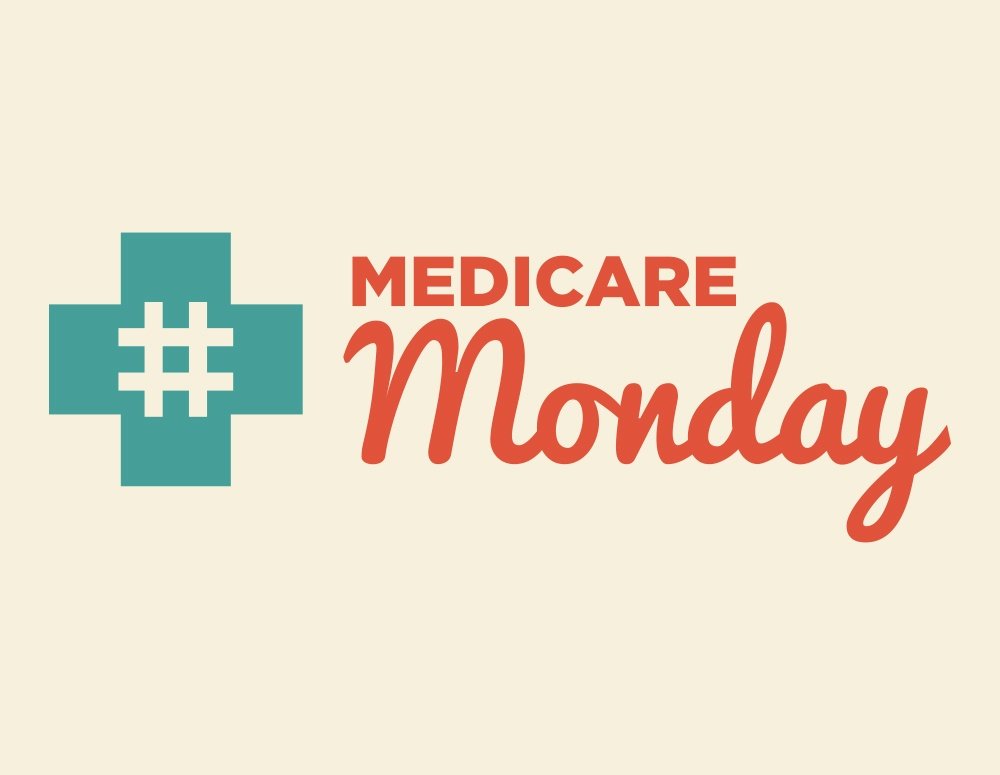
Earlier this year, we looked at Average Sales Price (ASP) and how it works in Medicare Part B. As you may remember, ASP (the method for reimbursing drugs covered by Part B) is a market-based price that reflects the average of almost all manufacturer sales prices, including rebates and discounts privately negotiated between manufacturers and purchasers.
In the past, we’ve also looked at trends in ASP for Medicare Part B drugs and how these trends suggest prescription drugs and biologicals are not a key driver of Part B program costs.
New research from The Moran Company further confirms what we’ve said before: Volume-weighted ASP has remained steady year over year. In fact, when comparing volume-weighted ASP to the Consumer Price Index for Medical Care, the analysis found that price growth for Medicare Part B drugs is below overall medical inflation.

Looking at trends in ASP over the 2006 to 2015 period, the study also confirmed that spending on Part B drugs has remained stable with only moderate increases from 2007 to the present – suggesting that medicines are not a key driver of Part B spending. This is consistent with the Department of Health and Human Services’ own findings that “Medicare Part B prescription drug spending as a percentage of total Medicare Part B spending remained relatively modest and stable, averaging about 6.2 percent.”
The Moran analysis also suggests “the cost of prescription medicines covered by Medicare Part B is influenced by broader marketplace dynamics that drive changes in the mix of brand and generic drugs used by patients,” calling attention to the flaws of looking at trends in pricing for individual products and ignoring the impact of generics and other competitive pressures. By looking at the larger picture, you can get a more accurate look at drug cost trends.
Read the full study here.





